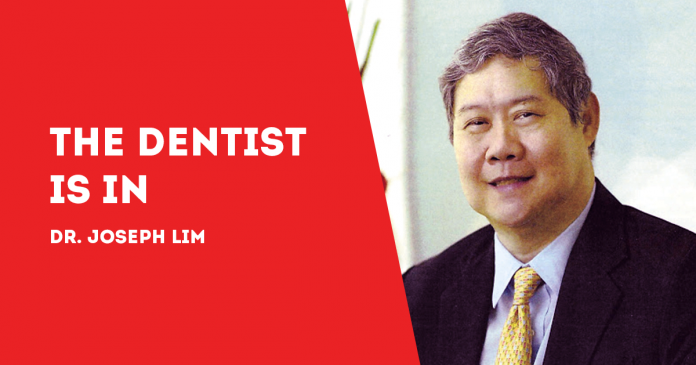
(By Dr. Joseph D. Lim and Dr. Kenneth Lester Lim, BS-MMG, DDM, MSc-OI)
A NEW chewing gum developed by researchers at the University of Pennsylvania could reduce viral loads in saliva.
The gum combines the benefit of vaccines and would be useful in places where vaccines are not yet available or affordable, the researchers say in a new study published in the journal Molecular Therapy.
The experimental chewing gum contains a protein that “traps” and limits the amount of COVID particles in saliva, Reuters reports.
The amount of coronavirus particles in saliva is a significant factor in the transmission of COVID-19. This is because saliva particles are spread around when infected people breath, cough or talk, according to the news agency.
Here is its report: The gum contains copies of the ACE2 protein found on cell surfaces, which the virus uses as a gateway to break into cells and infect them.
“In test-tube experiments using saliva and swab samples from infected individuals, virus particles attached themselves to the ACE2 ‘receptors’ in the chewing gum.
“As a result, the viral load in the samples fell by more than 95 percent. The gum feels and tastes like conventional chewing gum, can be stored for years at normal temperatures, and chewing it does not damage the ACE2 protein molecules,” Reuters reported, citing the researchers.
According to the American Dental Association (ADA), sugarless chewing gum may, when added to a regular home oral care routine of twice daily brushing with fluoridated toothpaste and daily cleaning between teeth, contribute to reducing tooth decay.
The reason is that chewing gum increases salivary flow and volume by mechanical action and stimulation of oral taste receptors.
There are several mechanisms by which stimulated saliva flow may protect against dental cavities. Increased saliva flow carries with it calcium and phosphate which can contribute to the remineralization of tooth enamel.
Only sugar-free chewing gums are considered for the ADA Seal of Acceptance.
In the case of chewing gum, sugar is defined as monosaccharides (e.g., glucose, fructose, galactose) or disaccharides (e.g., sucrose, maltose, lactose) but does not include polyols such as xylitol, sorbitol, or maltitol.
Excluding sugared gum from ADA Seal consideration is consistent with efforts to align with recommendations about sugar consumption that suggest limiting sugar intake to 10 percent or less of energy intake for optimal oral health.
There is some evidence that regular chewing of sugar-free gum may reduce tooth decay, the ADA says.
But that happens only when chewing gum is a complement rather than a substitute for a regular oral hygiene routine consisting of twice daily brushing with a fluoride toothpaste and daily cleaning between teeth, it says.
***
Dr. Joseph D. Lim is the former Associate Dean of the College of Dentistry, University of the East; former Dean, College of Dentistry, National University; Past President and Honorary Fellow of the Asian Oral Implant Academy; Honorary Fellow of the Japan College of Oral Implantologists; and Honorary Life Member of the Thai Association of Dental Implantology. For questions on dental health, e-mail jdlim2008@gmail.com or text 0917-8591515.
***
Dr. Kenneth Lester Lim, BS-MMG, DDM, MSc-OI, graduated Doctor of Dental Medicine, University of the Philippines College of Dentistry, Manila, 2011; Bachelor of Science in Marketing Management, De la Salle University, Manila, 2002; and Master of Science (MSc.) in Oral Implantology, Goethe University, Frankfurt, Germany, 2019. He is an Associate professor; Fellow, International Congress of Oral Implantologists; Member, American Academy of Implant Dentistry and Philippine College of Oral Implantologists. For questions on dental health, e-mail limdentalcenter@gmail.com/PN



